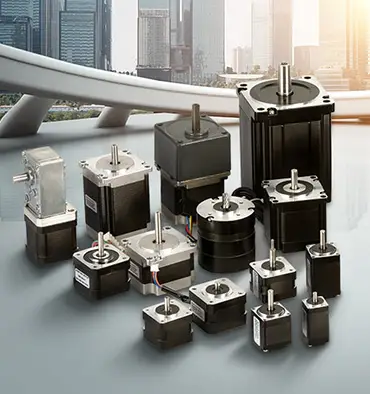What are the common failure modes of stepper motors?
Stepper motors may experience a variety of failure modes throughout their life cycle. Some of the most common failure modes include:
Bearing failure is one of the most common causes of stepper motor failure. Over time, bearings can wear out, causing increased friction and reducing motor efficiency. In severe cases, bearing failure can cause the motor to seize and fail to operate.
The coils within a stepper motor can degrade over time due to factors such as temperature, vibration, and electrical stress. As the coils degrade, the torque and performance of the motor may be negatively affected, eventually leading to motor failure.
Mechanical wear is another common failure mode of stepper motors. Components such as gears, shafts, and couplings can wear out over time, leading to degraded motor performance and eventual failure.
- Bearing failure
- Coil degradation
- Mechanical wear and tear
Maintenance strategies to extend the life of stepper motors
Using proper maintenance strategies can help extend the life of stepper motors. Some recommended maintenance practices include:
Regular inspection and cleaning of stepper motors helps identify potential problems before they become serious. Removing dirt, dust, and debris from the motor and its surrounding components helps maintain optimal performance and prevent premature wear.
Proper lubrication of stepper motor bearings and other moving parts is critical to reducing friction and minimizing wear. Follow the manufacturer's recommendations for lubrication intervals and types to ensure smooth and efficient motor operation.
Monitoring the performance of stepper motors helps identify any changes or anomalies that may indicate a potential problem. Using diagnostic tools and monitoring software can help identify problems early so that maintenance and repairs can be performed promptly.
- Regular inspection and cleaning
- Lubrication
- Monitor performance
Conclusion
The Stepper motor may encounter a series of problems, these problems will affect the operation of the equipment, but taking some measures can minimize the appearance of failure, and maintain the long-term stable operation of the stepper motor.


Leave a Reply